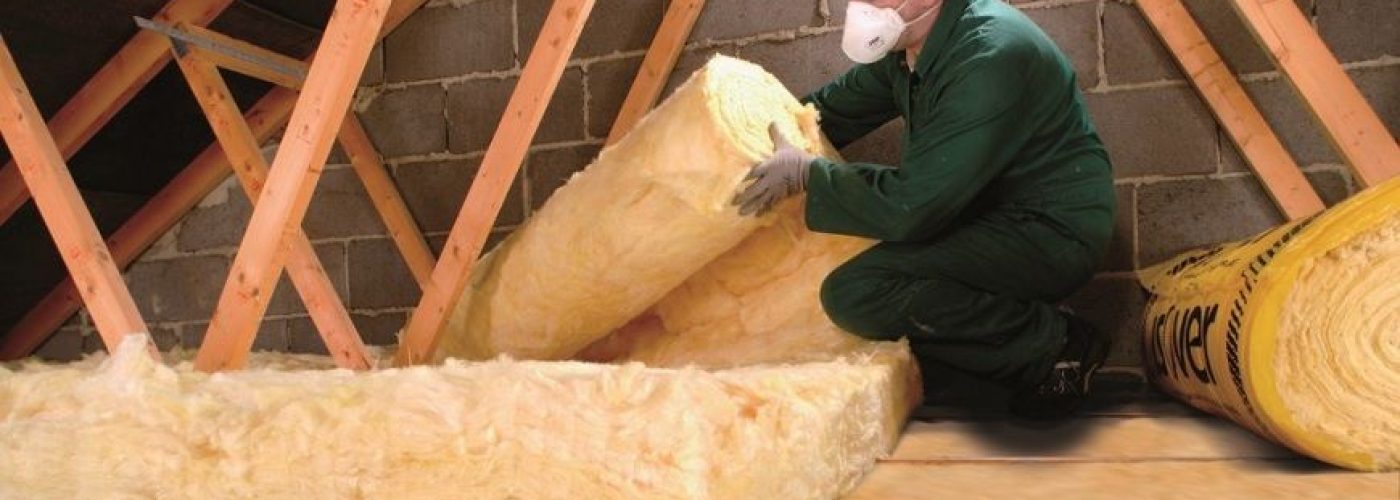In uninsulated homes, roughly a quarter of all heat escapes through the roof. That’s a large portion of your energy bills that’s potentially going to waste through preventable heat loss.
Insulating your roof is an effective way to reduce the amount of heat your home loses and reduce your overall energy costs. If you’re considering installing insulation in your home – or hiring someone to do it for you – you’ll want to know the best practices for roof insulation and factors to consider.
Factors to Consider
When it comes to roof insulation, there are several things you’ll need to consider before you will know which is the right option for your home and circumstances.
First, you’ll need to think about the type of roof you have and the type of roof insulation you want. Is your existing roof flat or pitched? And do you want Cold Roof insulation or Warm Roof insulation? There are pros and cons to both these options, and which one you choose will depend on your specific requirements.
You will also want to consider whether you intend to use your existing loft space for storage. If so, you’ll need to fit loft boarding but typically this won’t be raised enough to allow adequate quantities of insulation without compressing it. To create flooring and storage space in your loft and still adequately insulate your roof, you’ll need to create a raised floor using wooden battens or loft legs.
Ventilation is also a crucial factor to keep the air in your home circulating and healthy. When fitting roof insulation, it’s important to ensure adequate airflow to prevent a build-up of condensation, which can damage property.
If your loft space is inaccessible or has other issues such as damp, for example, then you may want to consult a roof insulation expert for advice on how best to proceed.
Insulation Dos
When insulating your roof, there are a few ‘dos’ to bear in mind.
- Do check your home’s existing insulation, even if you think you already have it, it may not be in adequate amounts, especially if your property is older.
- Do use a qualified professional or ensure you have the adequate knowledge and experience to do it yourself.
- Do ensure your insulation meets the government’s recommended minimum depth guidelines (270mm for glass wool.)
- Do follow building regulations to ensure your insulation will meet the correct standards.
- Do check to see if you’re available for grants or incentives for improving the energy efficiency of your home.
Insulation Don’ts
- Don’t underestimate the savings you might make from adequate roof insulation. The upfront costs of insulation will be quickly offset with reductions in your energy bills.
- Don’t skip safety measures. Ensure your loft space is adequately lit and has safe, clutter-free flooring with no trailing cables or loose boards that could be a trip hazard.
- Don’t use incorrect materials. These can potentially endanger the integrity of your home – and even your life – if you chose insulation materials that don’t meet fire safety regulations, for example.
- Don’t ignore regulations. Inadequate insulation in terms of quality and depth is unlikely to prevent measurable heat loss and may prove a waste of time and money.
- Don’t lay insulation over electrical cables as this presents a fire hazard.
- Don’t DIY if you don’t know how!





